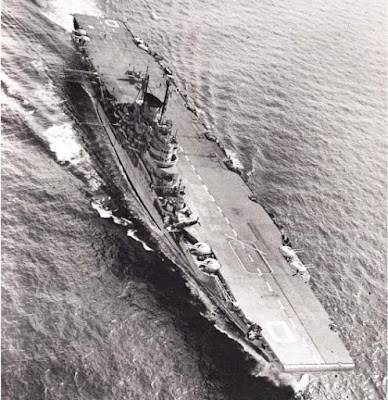The Kashima class battleships were a series of two pre-dreadnought, armored capital ships in service with Imperial Japanese Navy. In 1906, when they were completed, they were the most powerful battleships in the world, surpassing even their direct contemporaries; the Royal Navy's King Edward VII class. The IJN Kashima was built by Vickers at Barrow shipyards, while the IJN Katori was produced by Armstrong at Elswick. Thus, they were the last Japanese battleships to be built in the United Kingdom by a British firm, succeeding IJN Mikasa, which had taken part in the Russo-Japanese War.
Technical Description
Although they had been designed nine years before World War I broke out, the Kashima class battleships were advanced and powerful war vessels, equipped with 305-mm (12-inch) guns intended specifically for long-range naval engagements. Their main armament could be either electrically or hydraulically operated. Aside from their 305-mm naval ordnance, their weapons also included four 254-mm (10-inch) guns. The armor covered the whole length of the hull, from below the waterline all the way up to the upper deck. Both ships were powered by two vertical, triple-expansion steam engines, supplied by 20 boilers. The boilers used coal, whose combustion gases were exhausted out through two funnels located at the center of ship.
When World War I broke out, IJN Kashima was the flagship of the 2nd Battleship Squadron, while her sister Katori was assigned to the 5th Battleship Squadron. After this armed conflict, they were stricken in 1922 and broken up in 1925.
Specifications
Type: pre-dreadnought battleship
Displacement: 16,400 metric tons; 17,500 tons when full-loaded.
Length: 128 m (474 feet)
Beam: 23.8 m (78 feet)
Draft: 8.1 m (26 feet)
Propulsion: two, 4-cylinder, vertical triple-expansion steam engines, with two shafts, 20 boilers, generating 16,000 SHP.
Maximum Speed: 18 knots
Range: 10,000 nautical miles
Armor: 230-mm (9-inch) thick on belt.
Armament: four 305-mm naval guns mounted in two twin turrets, one on bow deck, the other other set up on stern deck; four 254-mm (10-inch) guns in individual turrets; twelve 152-mm (6-inch) guns.
Compliment: 865 men
 |
| Above, the IJN Kashima cruising along in the Pacific. Her 305-mm guns on the bow deck are being trained sideways, to starboard, and can hardly be noticed because of the dark background. |













-Aircraft-Carrier.jpg)
.jpg)
-Carrier.jpg)
-Carrier-Pacific.jpg)

























